By Sarah Davies (she/her)
The word ‘patriarchy’ is a complex one – multiple incorrect assumptions swirl through society, making it seem like an outdated, or irrelevant, concept. This, however, could not be further from the truth – the patriarchy is more instilled throughout society than ever before, and in order to combat it, we need to understand it.
According to Oxford dictionary, ‘patriarchy’ means: a system of society or government where men hold the power and women are largely excluded from it.
This, to me, doesn’t begin to encompass what the patriarchy means. I much prefer this flowchart of the patriarchy:
Yep, that definitely seems more like it. The patriarchy is messy, complicated, thorough, confusing, and has multiple levels. It affects women and men in intersectional ways. Part of the reason toxic masculinity exists, for example, is because the dichotomy of gender roles – created and reinforced by the patriarchal society we live in – states men should do A, and women should do B.
To me, the reason the patriarchy is still so relevant is because we live in a world that was predominantly shaped by men – think of the philosophers, artists, authors, poets, musicians, theorists and scholars you learnt about at school, or heard about at home, or have been told to look up on Google. Most, if not all, of these, were men. That is not to say that there weren’t women doing all of these incredible, creative, intelligent things. It’s just that history has forgotten them, or ignored them because they were women, and therefore couldn’t possibly contribute to society in a meaningful way. An investigation in 2019 concluded that, over the previous decade, just 14% of exhibitions shown at prominent United States’ museums were done by women (unfortunately, I cannot be sure that this study was inclusive of all women). This, to me, says that 86% of exhibitions are showing art that has been created through the male lens. In 50, or 100, years, when someone looks back at our art of this time, what are they going to see?
Exactly what we have been seeing as we look back through history.
The world as it is seen by men, not women – and, usually, straight, cis-gendered, white men at that. Science and maths and art and history and sport and culture, as it is viewed by men. How can our world not have been shaped by men, when they were all we have looked at? The male leaders who decided to go to war, the male heads of state who created the procedures we still use today in global treaties and international organisations, the male lawyers and officials who decided what we can and cannot do in society, by creating laws that we still utilise today. These rules and regulations that were created for Western countries, that other regions just had to figure out how to fit in with. The patriarchy is systemic, oppressive and exclusive.
This, to me, is the epitome of the patriarchy – the fact our world has been created, regulated and instituted by white men, with no regard for other genders, races, cultures, identities.
The worst part is, the patriarchy still benefits some women over others – white, cis-gendered women like myself sometimes have a hard time coming to terms with the idea of the patriarchy, because we have lived a life of privilege within it. Aileen Moreton-Robinson, Geonpul woman and author of ‘Talkin’ Up to the White Woman: Indigenous Women and Feminism’, encapsulates this point when she writes: White feminists benefit today from the historical events that shaped and continue to shape the nature of power relations between them and Indigenous women. She notes that white feminists need to come to terms with their racism before there can be dialogue between Indigenous and white women.
This is one of the hardest aspects of fighting the patriarchy – we all need to do a lot of work to unlearn the systems that have been instilled in us since a young age – capitalism, the need to be productive, the belief that if you work hard you will be rewarded, and those who struggle just haven’t worked hard enough. Imagine there is a brick wall with the figure of a white man cut out, like a doorway. Now, imagine we, as people, are cardboard cut-outs – except we don’t fit this particular outline. We are different shapes, heights, colours, and you, as a person, are completely individual in your cut-out shape.
In order for us to fit through this doorway, we have to crush some of ourselves, cut it off or tear it away, in order to fit the mould. Some people only have small paper cuts, but others have had to tear half of themselves away in order to fit.
That is the patriarchy, to me. The complex, exhausting, all-encompassing, monstrous patriarchy.
There are, however, opportunities to change this. Expand your horizons – find, buy, enjoy, support, look for art and music and books and studies and photography and research done by women – all women, not just ones that look like you, or think like you, or act like you. Follow Instagram pages and blogs and listen to podcasts that give you different outlooks on the world than the ones you’ve heard your whole life. Start questioning why things have been done a certain way, because ‘it’s always been done that way’ isn’t a valid reason. Fighting the patriarchy is chipping away at it, bit by bit. It may never crumble completely, but we can rebuild a new world over it.
Instead of cutting ourselves away to fit, how about we start breaking down that brick wall, instead?
References:
Aileen Moreton-Robinson, Talkin’ Up to the White Woman: Indigenous Women and Feminism. University of Queensland Press.

